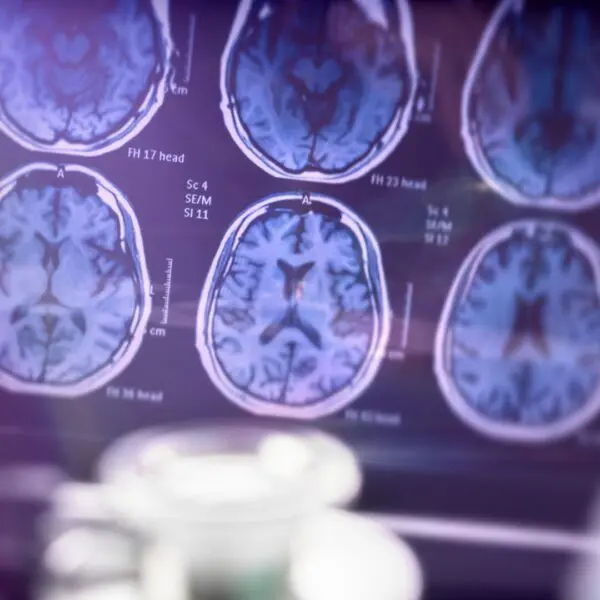Recent groundbreaking research has uncovered a significant link between human cytomegalovirus (HCMV) and Alzheimer’s disease (AD), potentially revolutionizing our understanding of neurodegeneration. This discovery opens new possibilities for treatment approaches and early intervention strategies.
Key Research Findings
Scientists have identified a specific type of brain cell – CD83(+) microglia – present in nearly half of Alzheimer’s patients, compared to just 25% in healthy controls. This crucial finding demonstrates a clear correlation between viral presence and disease progression.
Here is what the researchers actually found:
1. Researchers found a subtype of brain immune cells called CD83+ microglia in some AD patients.
2. These cells were associated with:
- Higher levels of a specific antibody (IgG4) and a common virus (HCMV) in the large intestine.
- More antibodies against the virus in the brain and spinal cord fluid.
- Presence of both the virus and the antibody in a specific part of the brain and in the nerve connecting the gut to the brain.
3. This pattern was also found in a separate group of AD patients, strengthening the evidence for this connection.
This finding suggests a possible link between gut infections, immune responses, and Alzheimer’s disease, highlighting how different body parts might interact in this condition.
Laboratory Evidence
Studies using cerebral organoids infected with HCMV showed accelerated development of classic Alzheimer’s features, including:
- Increased amyloid-beta accumulation
- Enhances tau protein presence
- Elevated rates of neuronal death
These findings suggest complex, cross-tissue interactions between HCMV and the adaptive immune response associated with CD83(+) microglia in AD patients.
Understanding Inflammaging
The persistent presence of HCMV appears to contribute to “inflammaging” – chronic, low-grade inflammation associated with aging and various age-related diseases, including Alzheimer’s. These results indicate a potential opportunity for antiviral therapy in Alzheimer’s patients with biomarker evidence of HCMV, IgG4, or CD83(+) microglia and highlight the importance of considering microbial interactions in AD pathology.
Innovative Treatment Approaches – EBO2
One promising intervention is Extracorporeal Blood Oxygenation and Ozonation (EBO2). EBO2 can significantly affect the body’s cytomegalovirus (CMV) levels. This modality offers multiple benefits:
- Direct Viral Inactivation: Ozone has proven highly effective in damaging viral genetic material, destroying viral envelopes, and oxidizing critical viral structures.
- Immune Response Enhancement: EBO2 can modulate cytokines and activate immune cells, strengthening the body’s natural defense against viruses like CMV
- Cellular Function Optimization: Helps to improve oxygen delivery & cellular energy production, enabling cells to better combat viral infections.
- Oxidative Stress Management: EBO2 triggers adaptive responses and activates antioxidant pathways, possibly inhibiting viral replication processes.
- PhotoBioModulation: The Hemealumen device, an integral part of the EBO2 technique, also inactivates viruses by the use of Ultraviolet C light rendering them ineffective.
This research suggests that childhood viral infections, including CMV and Epstein-Barr, may become more active with age, potentially contributing to various age-related diseases through inflammaging mechanisms. It may even be related to more diseases than we know.
-Dr. Purita















